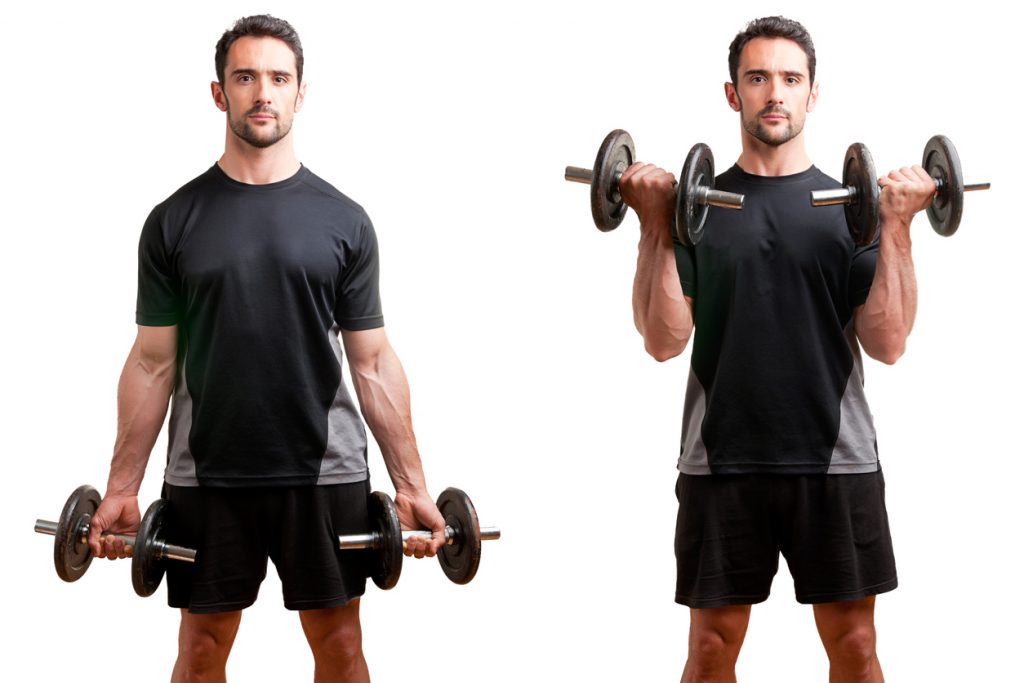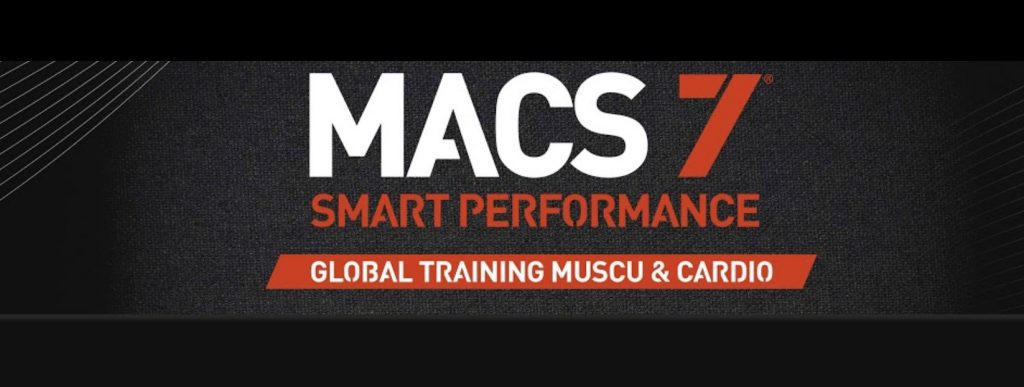The rest or recovery period is an essential step in muscle development. Any practitioner who wishes to develop his muscle groups normally must give great importance to the recovery period, and it is forbidden to work a muscle for successive days to avoid exhaustion and injury.
The Deload is one of the recovery periods that the practitioner must allow himself to optimise his performance. Also called active recovery, it is a microcycle of recovery lasting several days. What does the Deload consist of? How do you implement it? Focus on the subject.
What is the Deload?
To do a Deload in bodybuilding literally means to unload your bar. After long training sessions, the body is exhausted and normal recovery periods are no longer sufficient to allow the body to regenerate. Therefore, a period of time is needed to allow the body to recover and heal the injuries resulting from the training sessions.
The Deload consists of introducing one or more weeks of training, during which active recovery is carried out by reducing the workloads and the volume of training, the aim being to recover in order to better follow the progression. When you decrease the weight you are working with, you allow the body to recover while still working.
You work the muscles while allowing the central nervous system to recover. The Deload is therefore considered a transition between two programmes, in which a change of programme is implemented to achieve the goals.
When to do Deload?
A practitioner's training programme consists of progression cycles. When using progression cycles, one is sometimes obliged to work out for several weeks in a row. This can lead to fatigue and lack of confidence in the rest of the programme.
It can also happen that the practitioner relies too much on his emotions, and does not know where he is really at, especially if he does not have a training book in his possession. It is at this moment that it is necessary to grant oneself a Deload. He will be able to actively recover to recharge his batteries and get his head in the game.
If he does not give himself a Deload and persists in his efforts, this can only lead to stagnation or even regression.
It can also happen that during a training session, the practitioner realises that a load which he has always found light suddenly becomes very heavy to bear.
Yet he feels very tired or even no longer wants to go to the gym. At this point, you don't have to stop the weight training programme, you just have to take a Deload to give your body and brain time to rest.
Who should do a Deload?
The Deload is a recovery period designed for regular exercisers and professionals. Beginners should not go through this stage yet, as they have not yet reached their plateau levels. They still need to make intense efforts and there is no risk of them falling into the stagnation phase.
Intermediate and advanced exercisers are the ones who need to do a Deload. The reason for this is that long-time exercisers use heavy loads during their workout.
And it should be noted that the heavier the loads used, the more they have a significant impact on rest and recovery. Beginners, on the other hand, still use medium loads that do not require as much recovery time.
How to do a Deload?
There are two methods to do a Deload.
Wearing old clothes: this is a method that consists of working parts of the body that have already been worked over the last few days.
The difference is that if these parts of the body have been worked intensively during the last training sessions, during the Deload, the volume of work and the load will be lower. For example, you can choose compound movements such as deadlift, bench press or military press. Just do one repetition of twenty sets with weights of 50-60% of the maximum.
Clean linens: This method consists of a complete change of programme for a week. It is no longer a question of following the training programme that the practitioner is used to following during each session to the letter, but rather of doing completely different exercises.
Make sure that the exercises are low intensity. For example, you can start with a stretching exercise with a massage roller for about twenty minutes. The session continues with a series of Romanian deadlifts on one leg and a little cardio.



















